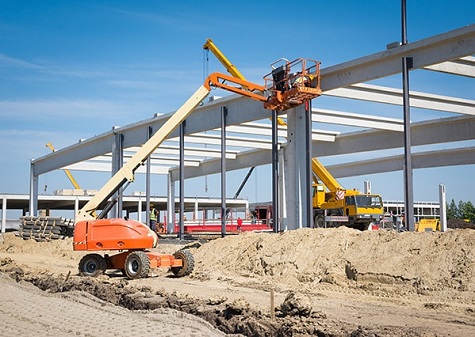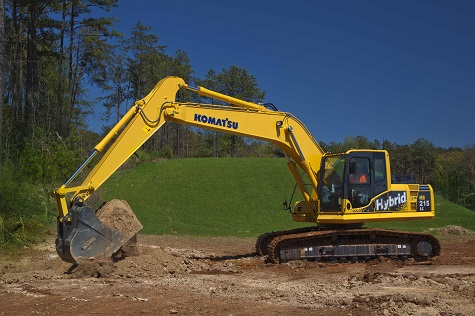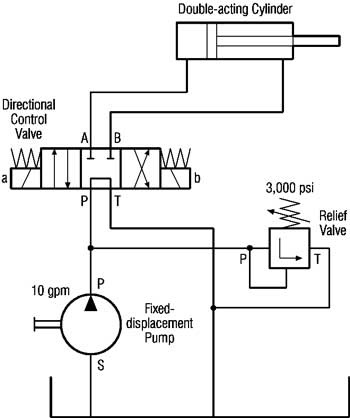The Black Ink Team's Guide To How Hydraulic Systems Work
by Black Ink Team
‘Hydraulics’ comes from the Greek words ‘hydor’ (which means ‘water’) and ‘aulos’ (which means ‘pipe’). Whenever a liquid is used to exert force, that is considered hydraulics. Dams, watermills, and aqueducts are all forms of hydraulics that date back many centuries. Ancient Romans engaged in ‘hydraulic mining’ - they would flood valleys with water to reveal metal ores.

Today, whenever people use the term hydraulics they are generally referring to hydraulic machinery. Many pieces of construction, agricultural, and landscaping equipment depend on hydraulics. This means that they operate on the principle that pressure throughout a closed system remains constant. Every piece of machinery that uses hydraulics has in it multiple chambers containing liquid. By decreasing the volume of one of its chambers, it forces more liquid into another one of its chambers, which enables the machine to do work. None of this would be possible without pistons.
Pistons consist of overlapping cylinders - a smaller cylinder nestled inside a larger cylinder. By sliding the smaller cylinder further in or out of the larger cylinder, you can change the volume of the space inside the piston. The liquid that is used to exert force inside a piece of hydraulic machinery is called hydraulic fluid. The various routes where hydraulic fluid can go inside a piece of hydraulic machinery are together called a hydraulic circuit. The elements that comprise hydraulic circuits are split into three categories: active components, transmission lines, and passive components.

Active hydraulic circuit components are elements that directly cause or inhibit the movement of hydraulic fluid. Pumps cause more fluid to move into hydraulic circuit elements, where the pressure is a counteracting force. Valves manually dictate where fluid can or cannot flow in a hydraulic circuit. Hydraulic motors convert hydraulic energy into rotational force.
Transmission lines are small tubes and pipes that connect active and passive hydraulic circuit components. In most cases, when a piece of hydraulic equipment stops working it is due to one of its transmission lines breaking, because they are generally its weakest and most flimsy parts.

Passive hydraulic circuit components are elements that react to liquid force instead of exert it. Pistons extend or shrink in response to a buildup or decrease of pressure. Filters remove small, solid particles from hydraulic fluid in an effort to protect other components along the hydraulic circuit. Emergency shut-down valves automatically open when the pressure in a component gets to be too high.
Hydraulics is popular in machinery because it can be used to exert massive amounts of force while requiring very little energy. Furthermore, hydraulic machinery is generally easier to maintain than electrical, pneumatic, and gas-powered machinery as hydraulic parts are relatively less susceptible to wear and tear. If you liked this article, please feel free to ‘leak’ it to your friends on social media!
